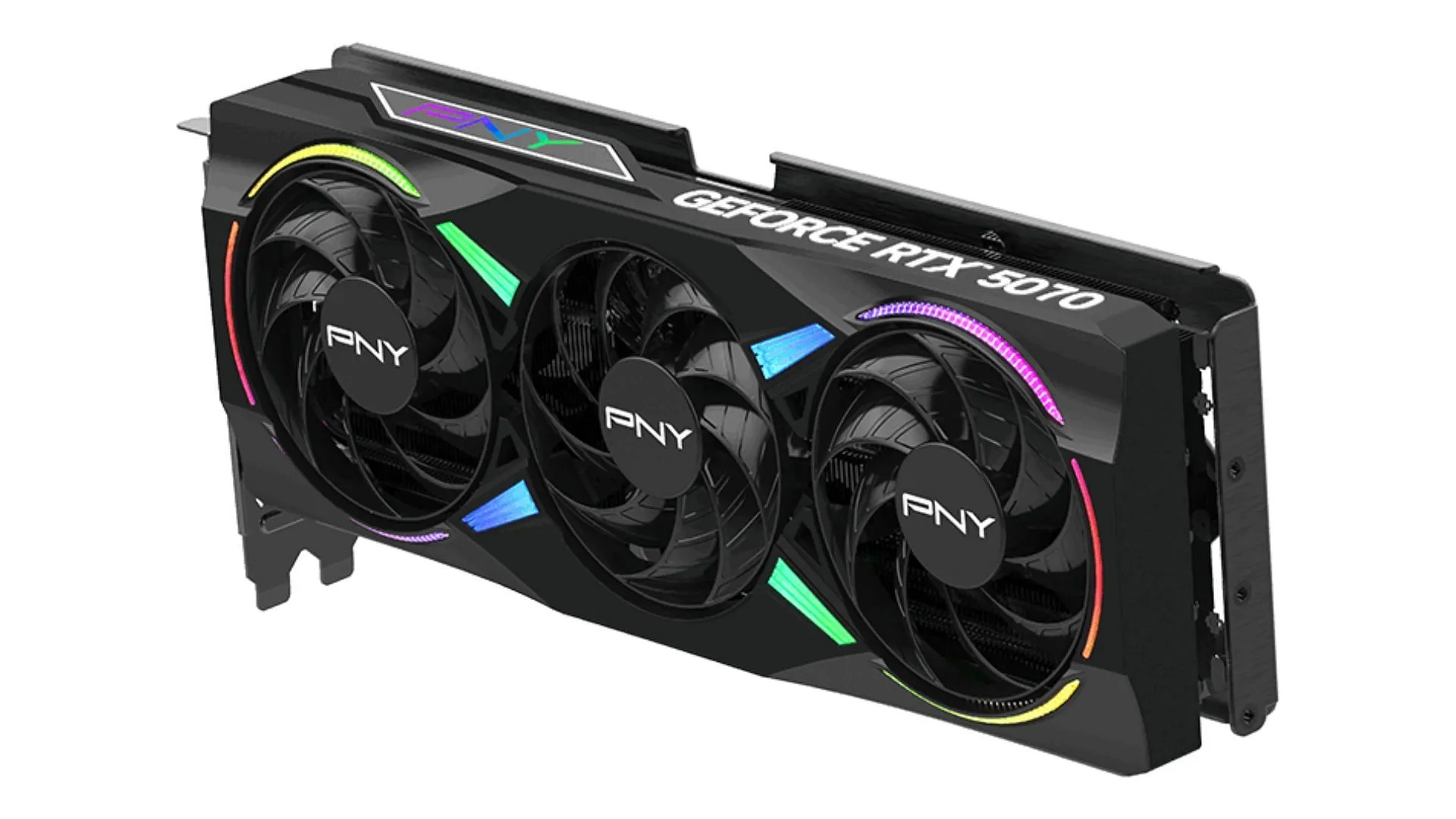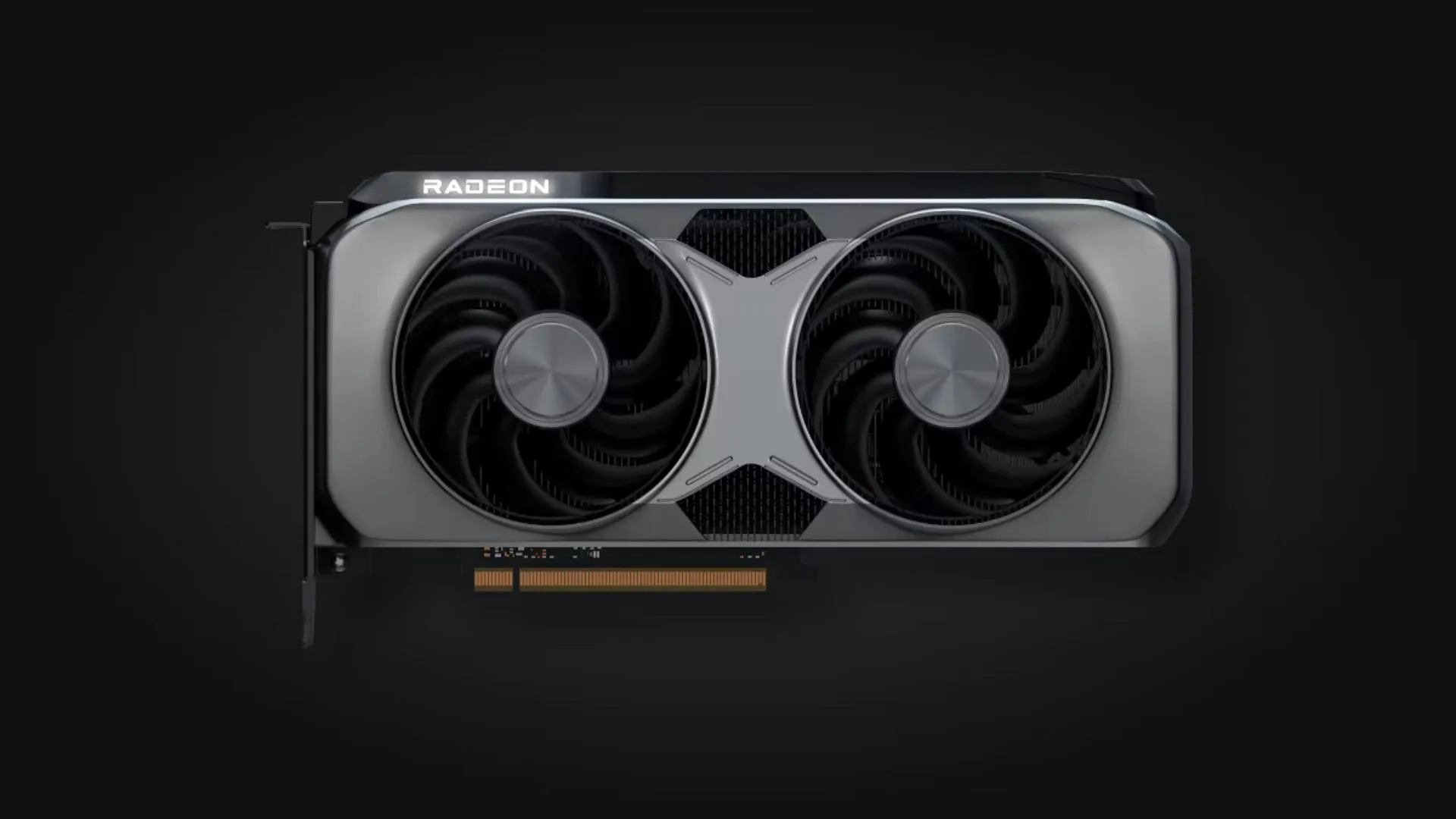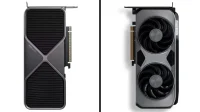The Nvidia RTX 5070 and the AMD RX 9070 have emerged as hot contenders in the realm of QHD gaming graphics cards. Priced at $549, choosing between these two models presents a challenge for gamers. While AMD has refined its ray tracing capabilities and added extra VRAM, Nvidia incorporates cutting-edge AI technologies and has made iterative improvements through its Ada Lovelace architecture.
In this article, we will compare these two graphics cards to assist you in making an informed decision.
Overview of Graphics Capabilities

Both the Nvidia RTX 5070 and the AMD RX 9070 are tailored for high-performance 1440p gaming. However, they differ significantly in their approaches. Nvidia emphasizes AI-driven enhancements, while AMD focuses on robust hardware specifications to capture the performance title in this bracket.
Specification Breakdown
Highlighting the specifications of the RTX 5070 and RX 9070 is nuanced due to their fundamentally different architectures. Nvidia’s Blackwell architecture prioritizes efficiency and AI capabilities, somewhat at the expense of traditional generational performance enhancements, whereas AMD delivers more raw hardware resources compared to the RX 7700 XT.
Here’s a comparison of their key specifications:
| Specification | NVIDIA GeForce RTX 5070 | AMD Radeon RX 9070 |
|---|---|---|
| Architecture | Blackwell | RDNA 4 |
| CUDA Cores / Shaders | 6144 CUDA Cores | 3584 Shaders |
| Base Clock Speed | 2,325 MHz | 2,400 MHz |
| Boost Clock Speed | 2,512 MHz | 2,970 MHz |
| Memory Type | GDDR7 | GDDR6 |
| Memory Capacity | 12 GB | 16 GB |
| Memory Bus Width | 192-bit | 256-bit |
| Memory Bandwidth | 672 GB/s | 640 GB/s |
| Ray Tracing Cores | 48 | 56 |
| Tensor Cores / AI Accelerators | 192 | 112 |
| TDP (Power Consumption) | 250W | 220W |
While both GPUs come with a manufacturer’s suggested retail price of $549, market conditions may affect availability and pricing. Currently, the RTX 5070 seems to have a slight edge in affordability compared to the RX 9070. As the availability stabilizes post-launch of AMD’s RDNA 4, it will be interesting to see how pricing evolves.
Performance Evaluation

The gaming performance of a graphics card is crucial for evaluating its value. Considering the demanding nature of modern games, gamers are seeking optimal performance for their investment, especially in light of rising prices in the graphics card market.
Below is an overview of the expected frame rates at QHD for each GPU, sourced from the YouTube channel Testing Games.
| Nvidia RTX 5070 | AMD Radeon RX 9070 | |
| Star Wars Outlaws | 55 FPS | 65 FPS |
| Starfield | 68 FPS | 90 FPS |
| Forza Horizon 5 | 139 FPS | 171 FPS |
| Black Myth Wukong | 47 FPS | 49 FPS |
| Ghost of Tsushima | 81 FPS | 110 FPS |
| Cyberpunk 2077 | 90 FPS | 101 FPS |
| Cyberpunk 2077 w/ RT | 45 FPS | 45 FPS |
| God of War: Ragnarok | 110 FPS | 135 FPS |
| Silent Hill 2 | 63 FPS | 59 FPS |
| Kingdom Come Deliverance 2 | 73 FPS | 71 FPS |
| Horizon Forbidden West | 94 FPS | 113 FPS |
| S.T.A.L.K.E.R. 2 | 64 FPS | 68 FPS |
From the performance metrics, the RX 9070 is, on average, about 10.96% faster than the RTX 5070. However, performance can vary significantly depending on the game; titles favoring Nvidia show a marginal lead for the RTX card, whereas others lean towards AMD’s strengths. Notably, in demanding ray tracing scenarios such as Cyberpunk 2077, both cards produced comparable results, achieving 45 FPS.
In summary, both the AMD RX 9070 and Nvidia RTX 5070 stand as premium options for gamers. For those prioritizing high frame rates in diverse titles, the RX 9070 may be the superior choice. Conversely, the Nvidia RTX 5070 shines in scenarios involving ray tracing and AI-driven enhancements, although its lower VRAM may limit future-proofing potential.


